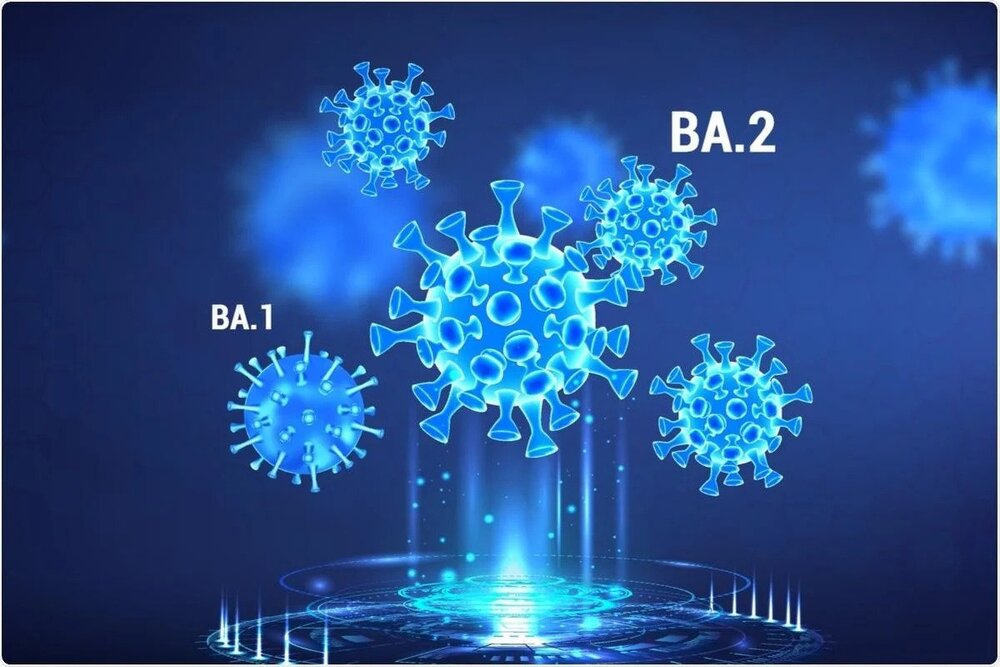Beware of BA.2 Omicron during Noruz, expert says

TEHRAN - Masoud Mardani, a member of the National Headquarters for Coronavirus Control, has warned of a sublineage of Omicron variant, codenamed BA.2, which is highly probable to spread during Noruz holidays.
“People should not travel to the regional countries, including Kuwait, Egypt, Yemen, and the United Arab Emirates,” IRIB quoted Mardani as saying on Monday.
Omicron is made up of two sublineages, namely BA.1 and BA.2, he said, adding that all the Omicron cases identified in the country so far have been the BA.1 variant.
On January 28, Health Minister Bahram Einollahi announced the beginning of a new wave of coronavirus pandemic, as the number of infected people with the Omicron variant is surging.
“Unfortunately, with the increase in hospitalization and outpatient cases, we have to announce that we have practically entered the sixth wave,” Einollahi wrote on his Twitter account.
The minister urged more caution against the disease and said getting booster vaccinations could play a major role in preventing a fresh surge in the number of deaths and infections from the virus.
Omicron sublineages
The Omicron variant of concern is currently the dominant variant circulating globally, accounting for nearly all sequences reported to GISAID - Global Initiative on Sharing All Influenza Data, according to World Health Organization.
Omicron is made up of several sublineages, each of them being monitored by WHO and partners. Of them, the most common ones are BA.1, BA.1.1 (or Nextstrain clade 21K), and BA.2 (or Nextstrain clade 21L).
At a global level, the proportion of reported sequences designated BA.2 has been increasing relative to BA.1 in recent weeks, however, the global circulation of all variants is reportedly declining.
BA.2 differs from BA.1 in its genetic sequence, including some amino acid differences in the spike protein and other proteins. Studies have shown that BA.2 has a growth advantage over BA.1.
Studies are ongoing to understand the reasons for this growth advantage, but initial data suggest that BA.2 appears inherently more transmissible than BA.1, which currently remains the most common Omicron sublineage reported.
This difference in transmissibility appears to be much smaller than, for example, the difference between BA.1 and Delta.
Further, although BA.2 sequences are increasing in proportion relative to other Omicron sublineages (BA.1 and BA.1.1), there is still a reported decline in overall cases globally.
MG
